Why does Patti Smith feel a need to post on Instagram? Is it important to her to have nearly 600,000 followers? When she uploads a photo, does she read all the comments (which can be as many as 2,000, last I checked)? Does she ever respond? She’s already a star—what more does Instagram bring to her life?
I could ask the same questions of Cindy Sherman, who has 300,000 followers and whose last post garnered nearly 15,000 likes.
Do you really think Sherman and Smith give a damn about whether you like them or not? What does registering your approval or posting a comment do for you?
Ah, the mysteries of Instagram! I’ve done a couple of posts on IG for V21, which will probably now appear sadly Mickey Mouse to most readers. Because I see so many supporters on the platform, and have started regularly posting and checking in for 20 minutes or so five days a week (usually in the wee small hours when I’m wide awake), I wanted to know more. Like, why are you doing this? What benefit is it to you? Are you making sales, getting valuable feedback, catching the attention of curators, collectors, and dealers? And how?
That turned into a larger inquiry, to investigate how best to use the system and how it works. So I talked to dealers, curators, and self-styled IG “experts” (who do seem to know what they’re up to and are often available for hire: see below). And I wound up with 28 pages of notes from what may be a bad case of overreporting, not uncommon in my business and a good idea if you’re doing a lot of information gathering (on Harvey Weinstein, for instance).
Why V21 members say they are on Instagram
“My Instagram feed is about getting more eyeballs on my work,” says Adria Arch, a Boston-based artist with 1250 followers. “I’m always meeting new artists, learning about opportunities.” But, adds Melissa Mohammadi, who lives and works in San Francisco, though there are 15 or 20 people she “talks” with regularly, you can’t really expect the system to operate like a crit group,
Leslie Parke, whose Bonnard-inspired house was featured on the site a few years back, says she likes posting not only her own paintings but works by other artists, past and present, whose approach intrigues or inspires her. When you go to her Instagram page, you will see her paintings mixed in with images from artists who may range from Hans Holbein to Dan Flavin. “My work is in the context of people I wish were sharing gallery walls with me. This is my personality. I’m a bit of an art-history wonk.” (Some experts—see below—will tell you not to mix it up if you’re serious about getting the attention of curators and galleries, but I see it as an intriguing way of putting yourself in good company.)
Parke also posts about RGH Paints, a company based in Albany, NY, whose products she praises as high quality at low cost. She’s written about the firm in her blog, and reposted snippets on Instagram, along with photos, and when she sends people their way, the company offers her free materials. (This is obviously an arrangement you’ll have to be careful about but it’s interesting to know that such opportunities exist—probably not with big-name companies like Rembrandt or Dick Blick—but maybe you have a favorite small-scale supplier who would appreciate a plug from you.)
Chandrika Marla, who works out of Palo Alto, CA, turns to Instagram to get “little jolts of visual joy throughout the day.” Like other artists, Charles Heppner, a painter and photographer in Austin, TX, uses IG as a marketing tool to announce upcoming exhibitions, new works and other events. “I had an architect contact me via Instagram and I sent her images,” he says. “No sale came, but we forged a relationship and she will be invited to future exhibitions.” Like others, sales are generally not his goal, but if they are, you might find some good tips here.
“Instagram helps me solidify that I’m on the right track when it comes to my work and provides, I hope, visual evidence for those following my account of which direction my work might head in next or how it got to where it is,” says Erik Gellert, a ceramics sculptor in Santa Fe. NM. “It’s much more useful to me as a pictorial journal than anything else. My posts come in spurts as new work is completed and photographed. But I’ve learned that Instagram can make me depressed if I lurk on it too much without posting or expect too much engagement from a post.”
A handful of newsworthy artists—like Cj Henry and Maria Qamar—have built blossoming careers using Instagram, but if that’s your goal, half your life may have to be dedicated to posting. (You can check out their stories on The New York Times website. I’m not giving links because I want you to stay here).
Why I post and what works for me
I want to get members’ work out there, especially when they have shows in the pipeline or have garnered prizes or fellowships. I seek to inform my IG audience (and I’m still not totally sure who this is) when there is new material on the site. I would like those who are curious to look at my bio and check out Vasari21 and perhaps sign on as supporters (but I don’t really know how to track this).
Most of all, I like to see what artists are up to, offer encouragement and comments, occasionally interact when people leave comments, and nag for information to post in the Vasari21 newsletter. And, of course, I want to be loved back!
How successful is all this for Vasari21? I have no idea, but IG is a hugely visually appealing platform on the social media landscape (I’ve mostly given up on Facebook, except to post the same material I post on Instagram, but seldom to engage. The ads are annoying, and the posts too likely to suck me into arguments or debate….and I feel like I’m wasting too damn much time.)
All that said, here’s what I do and don’t like to see, (as a journalist and webmistress). But continue below for what others have to say.
I love seeing new work and work in progress, but please, please post dimensions and mediums.
If you’re using an obscure moniker (“LostInSpace,” “GraffitiGuy” or “MaybeBaby”) and I don’t see your name in your bio, I will probably unfollow you unless I can somehow make a connection.
I don’t mind seeing pictures of your pets or your kids, but keep it within reason. Four or five shots a day are a bit much. Ditto your fab trip to India.
I don’t really care that much about your personal life, but if you must advertise your divorce or want to talk about a death in the family, I will try to be supportive. Just don’t let me see you on the slopes or sipping a margarita in Cancun a couple of weeks later.
Hot blonde art dealers who post too many pics about their honeymoon in Italy will be unfollowed.
Pics of food annoy me, especially if I have not been invited to partake, but I understand the urge to post vittles and so am tolerant.
I love seeing images of your studios and learning about your progress and process, but please keep the text short
I’m trying, but I’m not really getting the hang of videos
Here’s what the experts (dealers, curators, and artist advisers) have to say.
Use hashtags wisely and well. “Hashtags work the way the Dewey Decimal System at the library works,” says Dina Brodsky, an artist who has developed a course on Instagram (see below).“In the library, art is a very big category, but it narrows down to art history, philosophy, and individual artists. Think of a post as like a book that that you’re putting into a specific section.” A hashtag with a generalized name like #contemporarydrawings may have too many followers for your post to get noticed, but something specific—#coloredpencildrawings #wildflowerdrawings”—could get you some real attention.
“The way hashtag posts are displayed is organized in two ways: the ‘top’ posts and the ‘recent’ posts,” explains Marina Granger, founder of The Artist Advisory, a career-building service for artists. “First, you see all the top posts for the hashtag—those that have the best engagement. Then, you can see them organized by the most recent post. If the hashtag has over 1,000,000 posts, there is virtually no way to get into the recent or top uses of the hashtag unless you have excellent engagement and at least six figures of followers. So, for users with less than 50,000 followers, smaller hashtags are recommended.
Make up your own hashtags. ”Hashtags are only moderately useful in my opinion,” says sculptor Erik Gellert. “Hashtags like #art or #sculpture are so cluttered with information that they really don’t do any good. But someone who is following you and also follows the hashtag #art or #sculpture is more likely to see your work when one of your #art-tagged posts comes up in their cluttered feed. Instagram will think of it as more relevant and treat it as such. It is helpful for me to see hashtags as another way to be creative in order to not let IG’s structure get to me. For example: without the use of hashtags, I don’t think I’d have ever come up with the term ‘ramenesque’ to describe my work
To sum up hashtags: These are not about getting seen by a lot of people. They are about getting seen by the right people.That’s how hashtags lead to higher engagement and more followers. As for the practice of using the same long list of hashtags on every post: Don’t do it. Instagram’s community guidelines clearly state that “posting repetitive comments or content” is not okay.
What about posting art in context? Some of the professionals quoted here say they don’t want to see your art in a collector’s house, but I love anything that gives a sense of scale (and too often artists don’t include dimensions—see my gripe above). A nice action shot or video of you gives me a glimmer of insight into your process, and if you’re a really cute guy who looks good in a sweaty T-shirt….well, you know. Why not?
Make your profile pop. This is your chance to grab the attention of professionals and potential followers. Offer a short and punchy description of yourself and your work. Link to your website, of course, and add any shows that are up and running. Some will say keep the personal separate from the professional; do not mix up your work with photos of your son’s soccer match. But others like to see the “you” in your account, and a little creativity is not out of place as long as the art predominates.
Use a scheduler, advises Leslie Parke. “It’s an app that lets you schedule your posts for a long period of time, a week, or a month or whatever. I use a program called later.com through the computer. You can design your IG posts and tell them when to post. They will send you the analytics about what things are doing better.”
“Make sure you have your full name and your location in your profile because it helps people connect with you if they want to go to your studio,” advises Granger (see my gripe about obscure monikers above). “Have a short sentence about the theory in your work. This will frame the way people look at your art, so that they will get it. If you have anything going on—a show, an article about yourself in Artforum or even the local paper—Instagram allows links to those in a bio”
Don’t overdo the posts. “Some artists post a lot and I get turned off by that,” says Nora Abrams, director of the Museum of Contemporary Art, Denver. “I don’t want to see every single thing you’ve made every single day.” Too much text turns her off too. “There some artists I adore who also seem to think they’re writers and I don’t respond well to those.”
Do follow dealers and curators but use some common sense. Don’t expect a gallery that specializes in geometric abstraction to get the hots for your marble sculptures. “When you discover a gallery on IG do not ‘like’ their last 45 posts or every post they ever made,” says Robert Walden, co-director of Robert Henry Contemporary in New York. “This is annoying and I won’t look at your work as a result. I look at the artists who follow us if they bring something to us that says ‘I’m interested in what the gallery is doing’ rather than just, ‘look at me, look at me, look at me, me, me.’” Don’t expect the top curator in decorative arts at the Met to care about your ceramics, but do have a look at who’s who at smaller museums. “I’m still an emerging curator,” says Stephanie Sparling Williams, associate curator at the Mount Holyoke College Art Museum in South Hadley, MA. “I don’t have many followers, so If someone is commenting on my goings-on, I will click on their page and check them out.”
And in the end….Instagram feels like one gigantic game of tag in cyberspace. If you want to get ambitious about finding followers, make smart comments on other posts that intrigue you—something more than “Love this!” (though I often run out of clever bon mots, so don’t sweat it). Post regularly but not too many in one fell swoop. Look at the sorts of posts that are getting lots of eyeballs (the if you click on IG’s “search” function you will find the top posts of the moment). Present yourself in that teeny-weeny minimal space as an artist worth knowing….it’s like a cocktail party where you need the right clothes, a few good conversation starters, a big smile, and a winning personality.
And, yes, it does seem the love you take is equal to the love you make.
Experts mentioned in this text: You can google “Instagram for artists” and come up with endless information, but if you feel you’d like a more personal hands-on experience, get in touch with the two sources I mention here: Marina Granger of The Artist Advisory and Dina Brodsky, who offers a 1.5-hour lecture with a q&a session afterward for $150. I’ve talked with both extensively. They know their stuff.
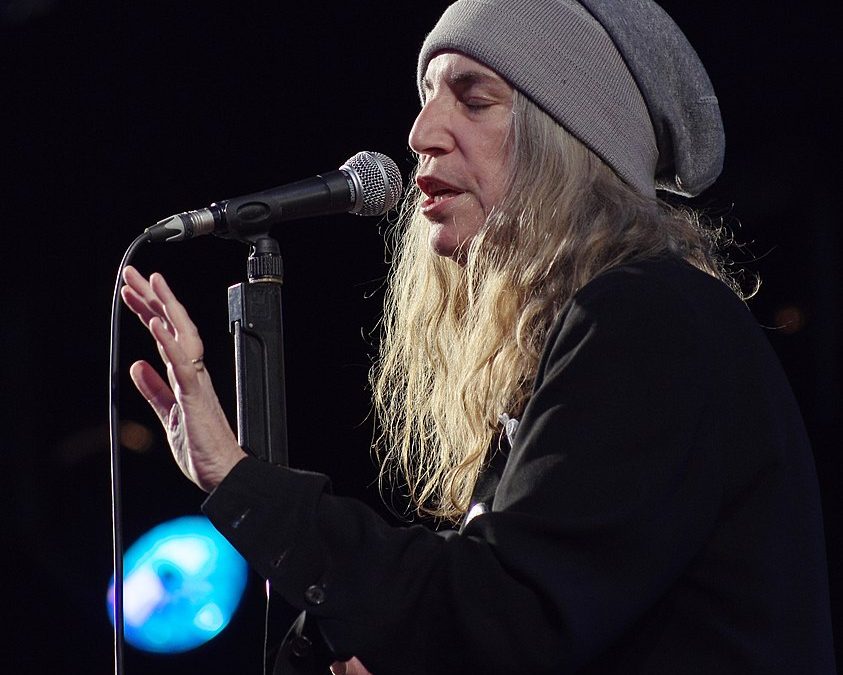
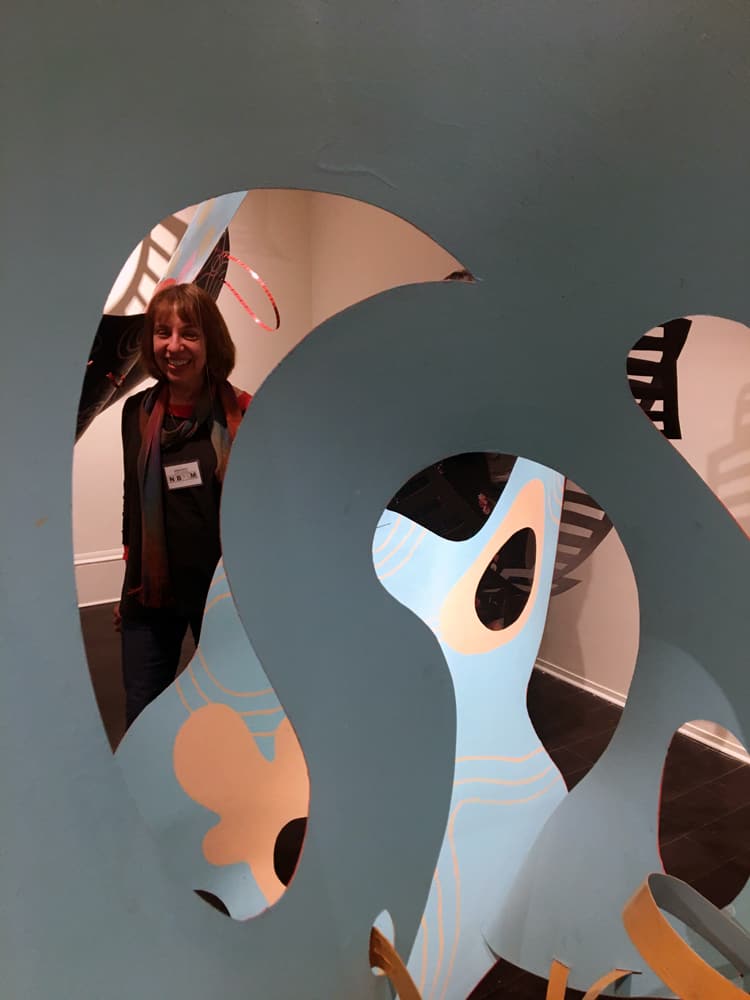
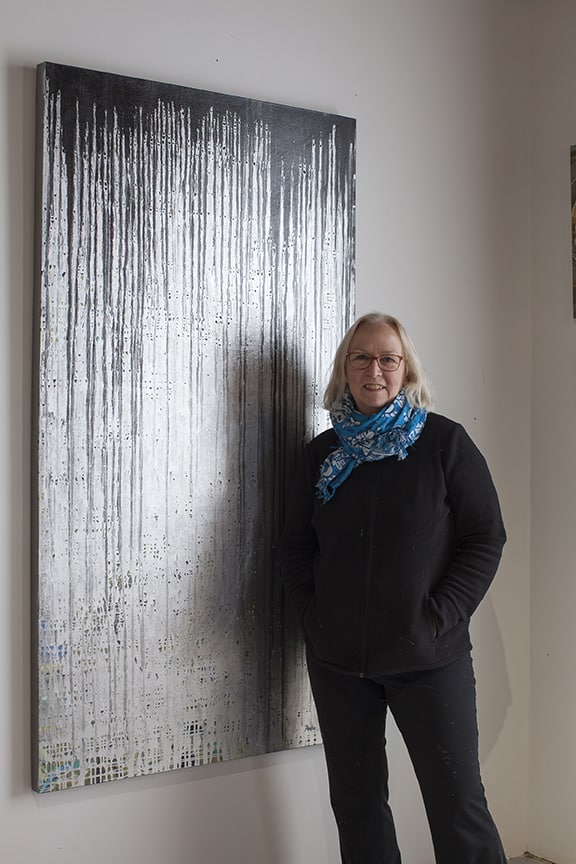
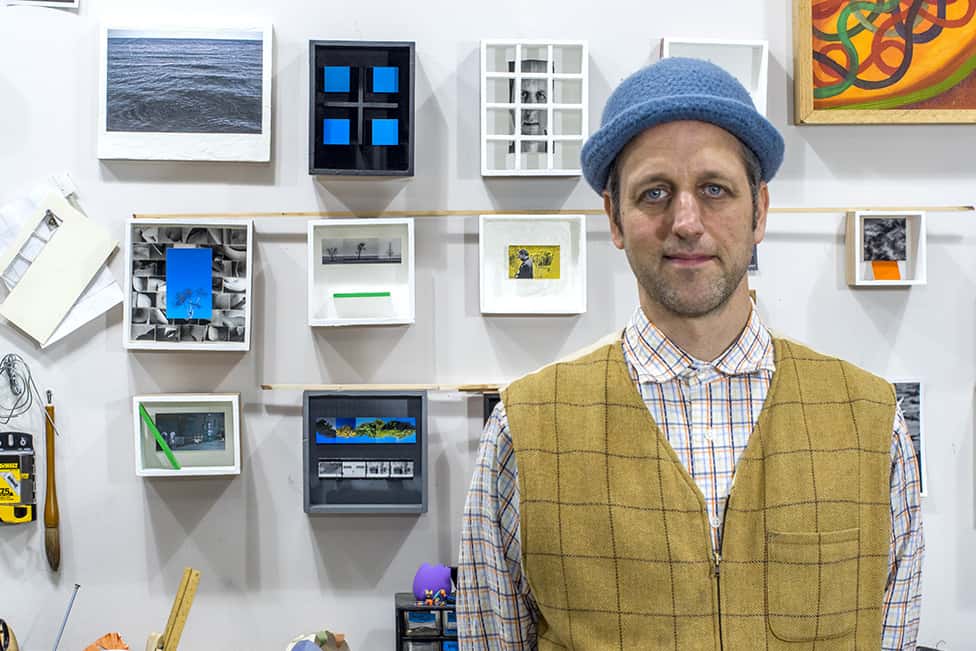
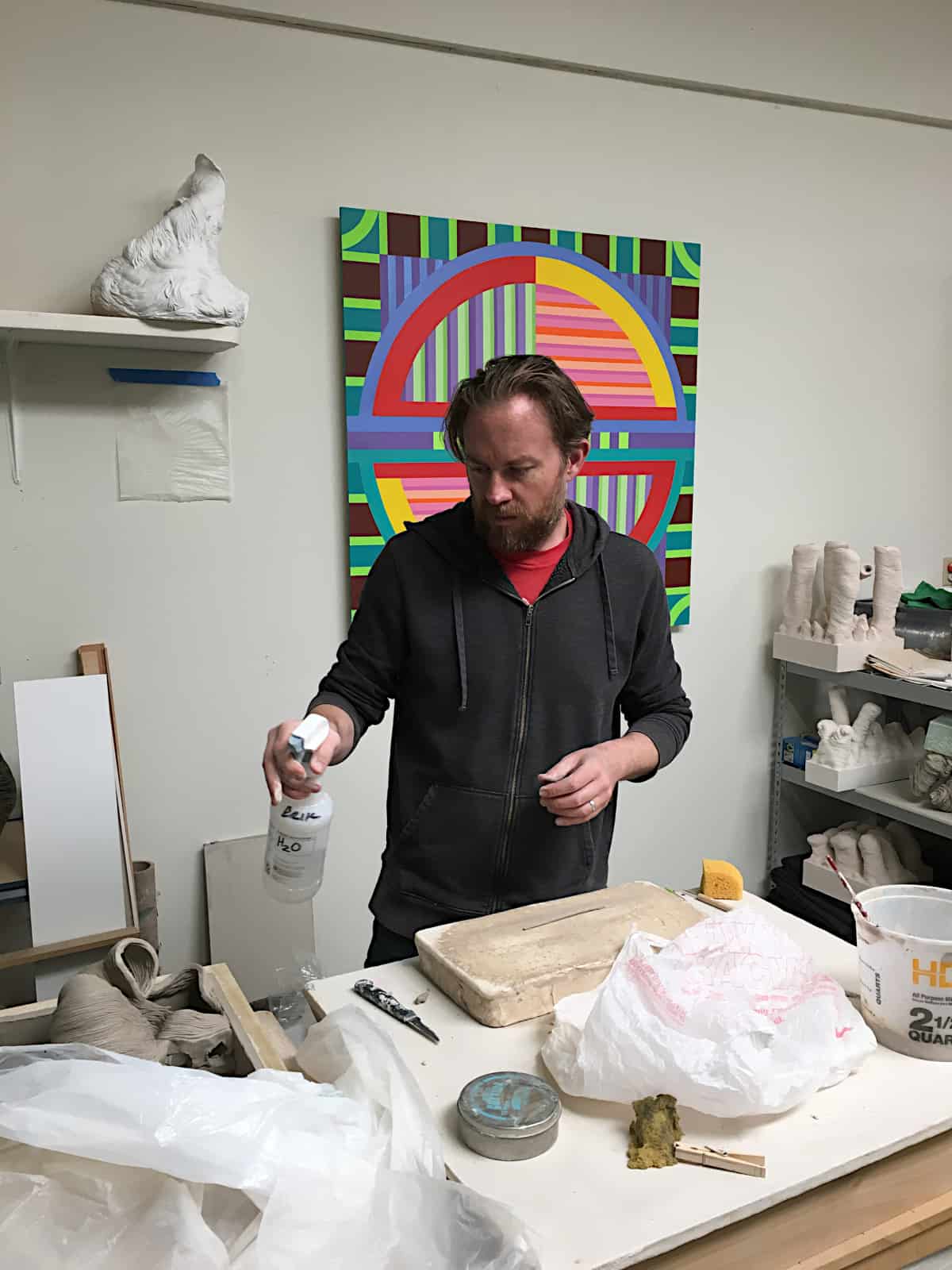
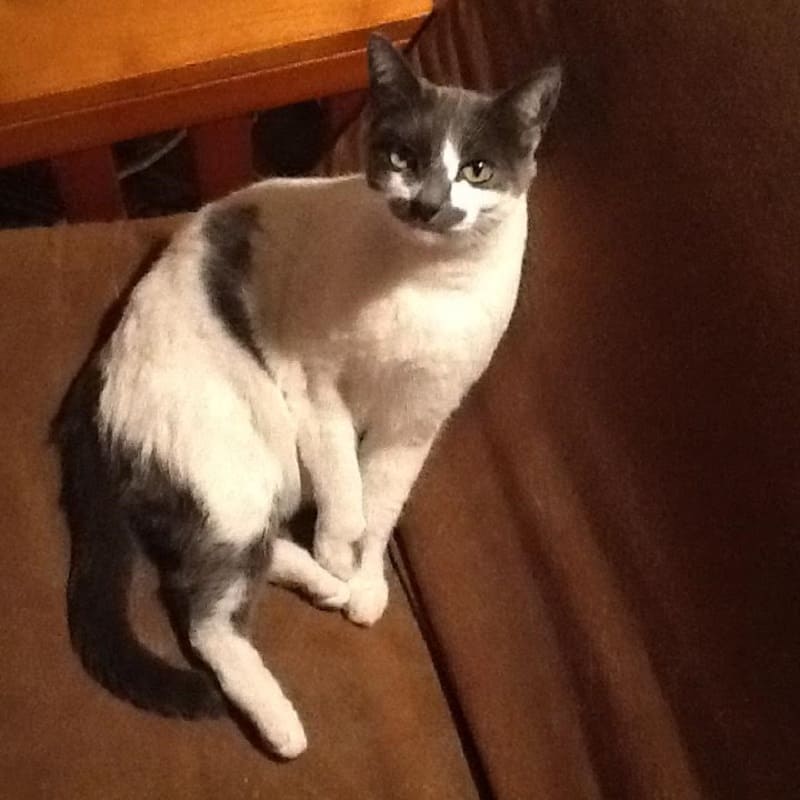
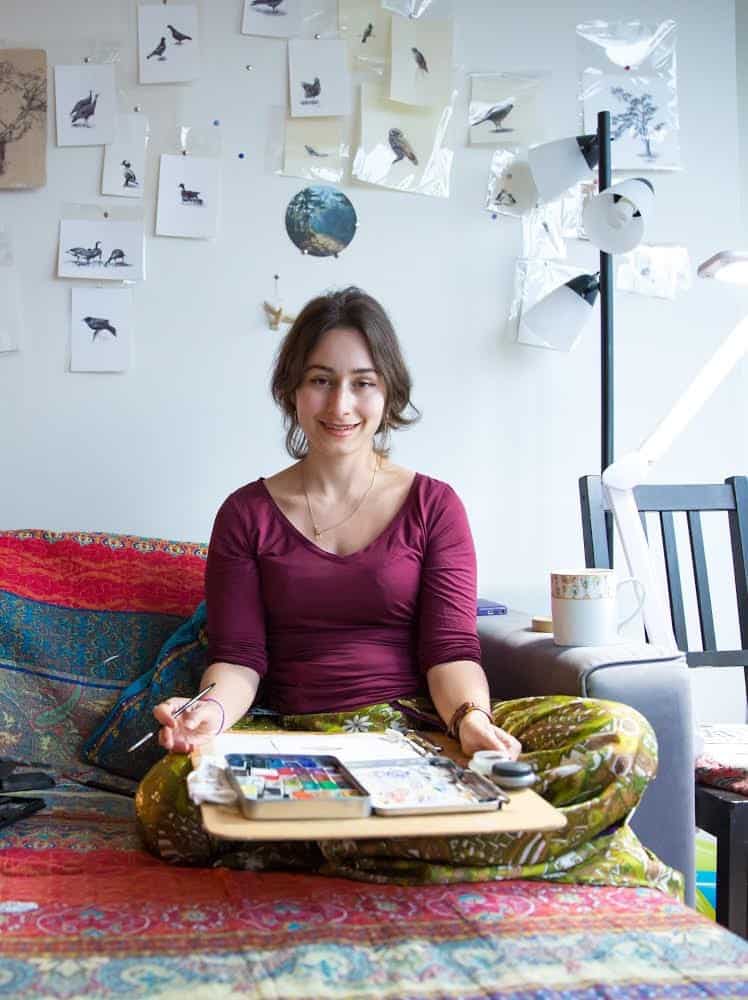

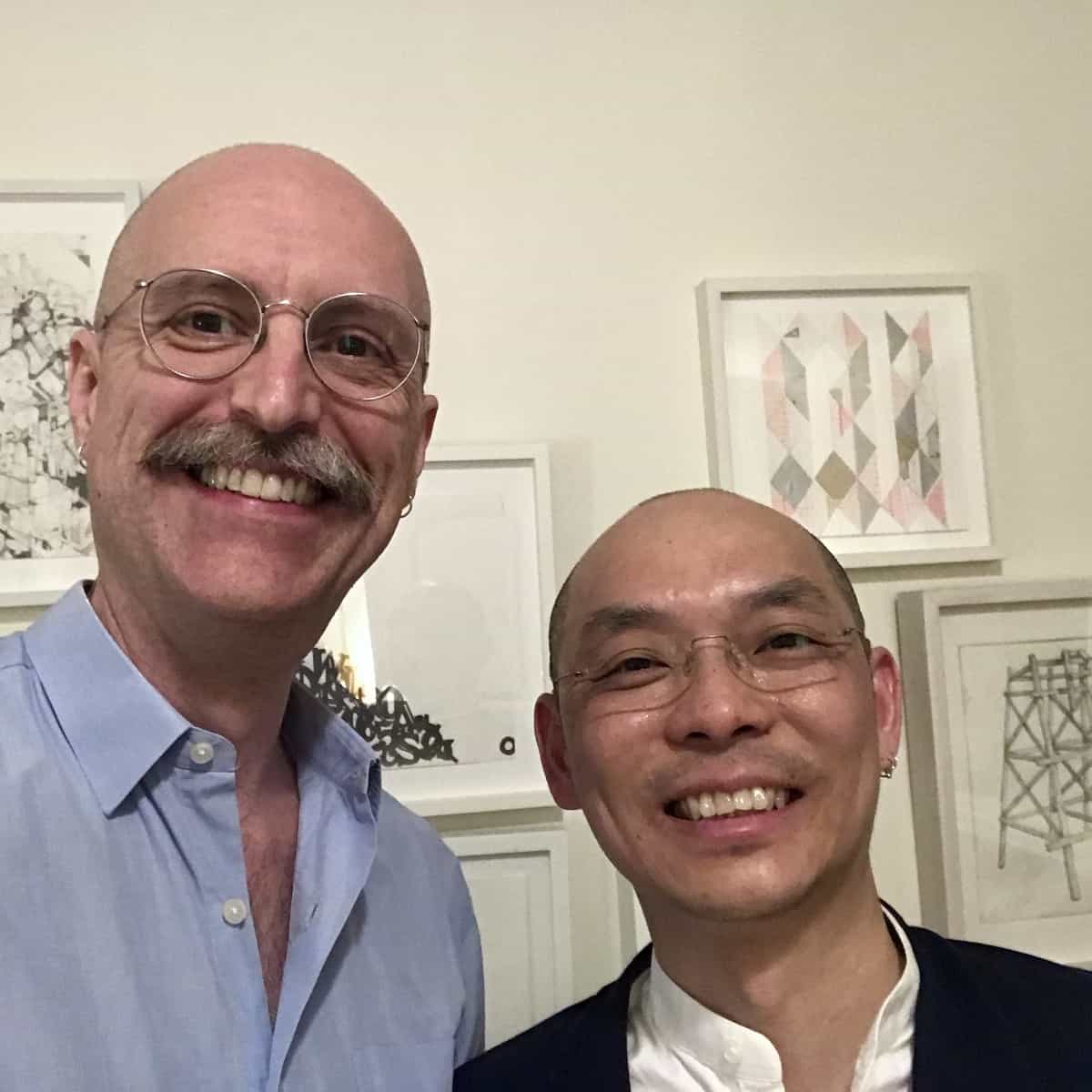
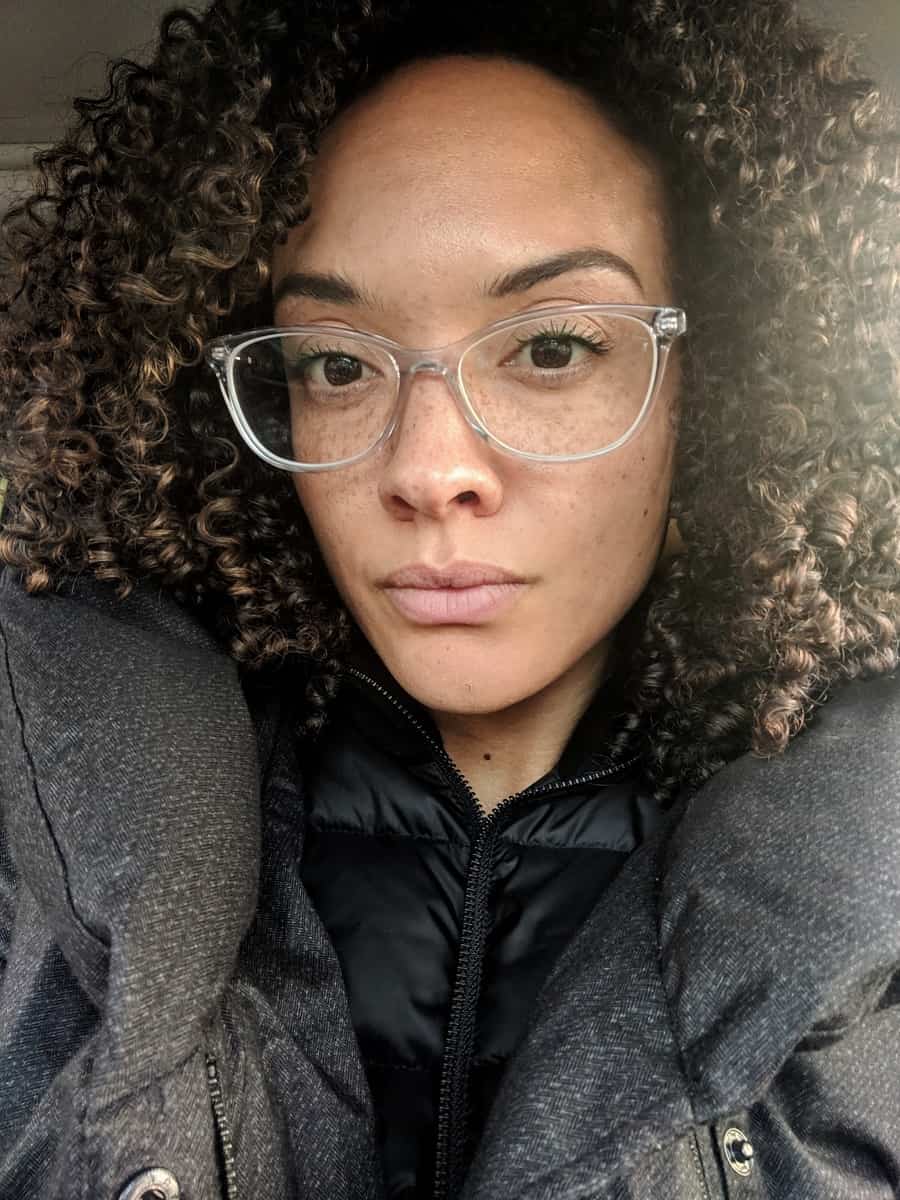
Schmart post and, as always, funny and insightful.
So why does does Patti Smith post? Maybe she doesn’t sleep.
Thanks for the informative piece on Instagram Ann. I found it helpful to hear what others think about it and how they use it. I’m still not sure though about how to get the best mileage out of it. I just post my art periodically, try and “follow” galleries, curators and interesting art-involved people and hope for the best. Often times though, I find its the same people, mostly artists I know, who respond to my posts. I use the hashtags but I use key phases that best describe my art posts. I don’t even know if the title hashtags exist! Oh well. I think a good rule is find those people who have alot of followers and watch how they do it but I think my time is better spent working in the studio or by directly contacting people by email, (like this) phone or visits.
Two of my colleagues attained gallery representation from their consistently high quality IG posts, so I thought I’d give it a real try. I now have four galleries ‘following’ me, but more importantly the connection with like minded artists is stimulating keeps the isolation of being an artist at bay.
A very helpful piece that lifts the veil of IG nicely. Especially a better use of hashtags, by being more specific instead of general. Thanks, Ann!
Thank you for this. I will join in. I took the course with Marina Granger at http://www.theartistadvisory.com and recommend it. The class was absolutely fantastic, and I got so much out of it I grabbed the one-on-one plan. My internet presence is hands down great; Instagram growing too. Most of all, i know that someone that is honest and hard-working (and master’s degree in art history and museum studies) understands my artist career goals and is collaboratively helping me do it.